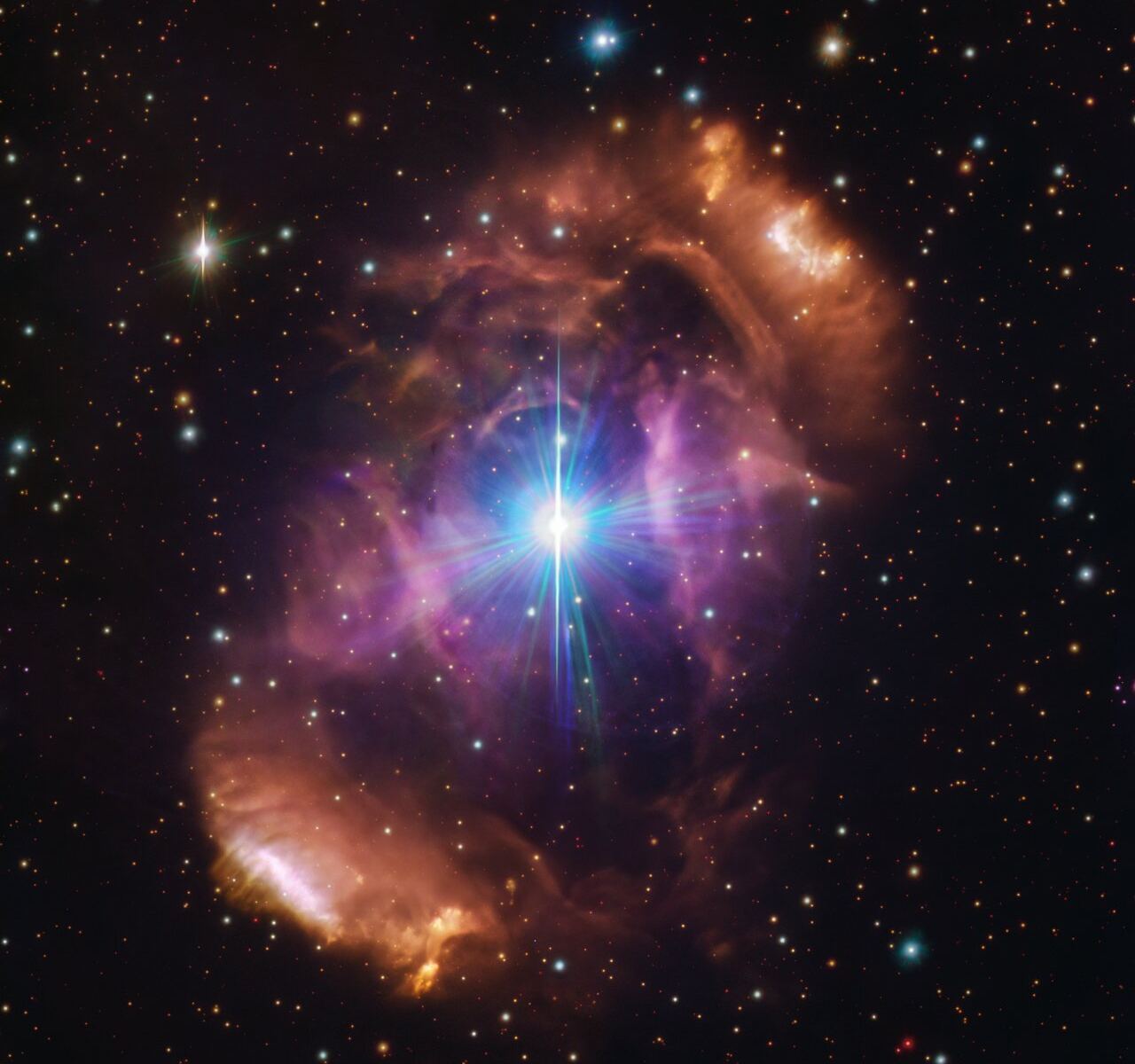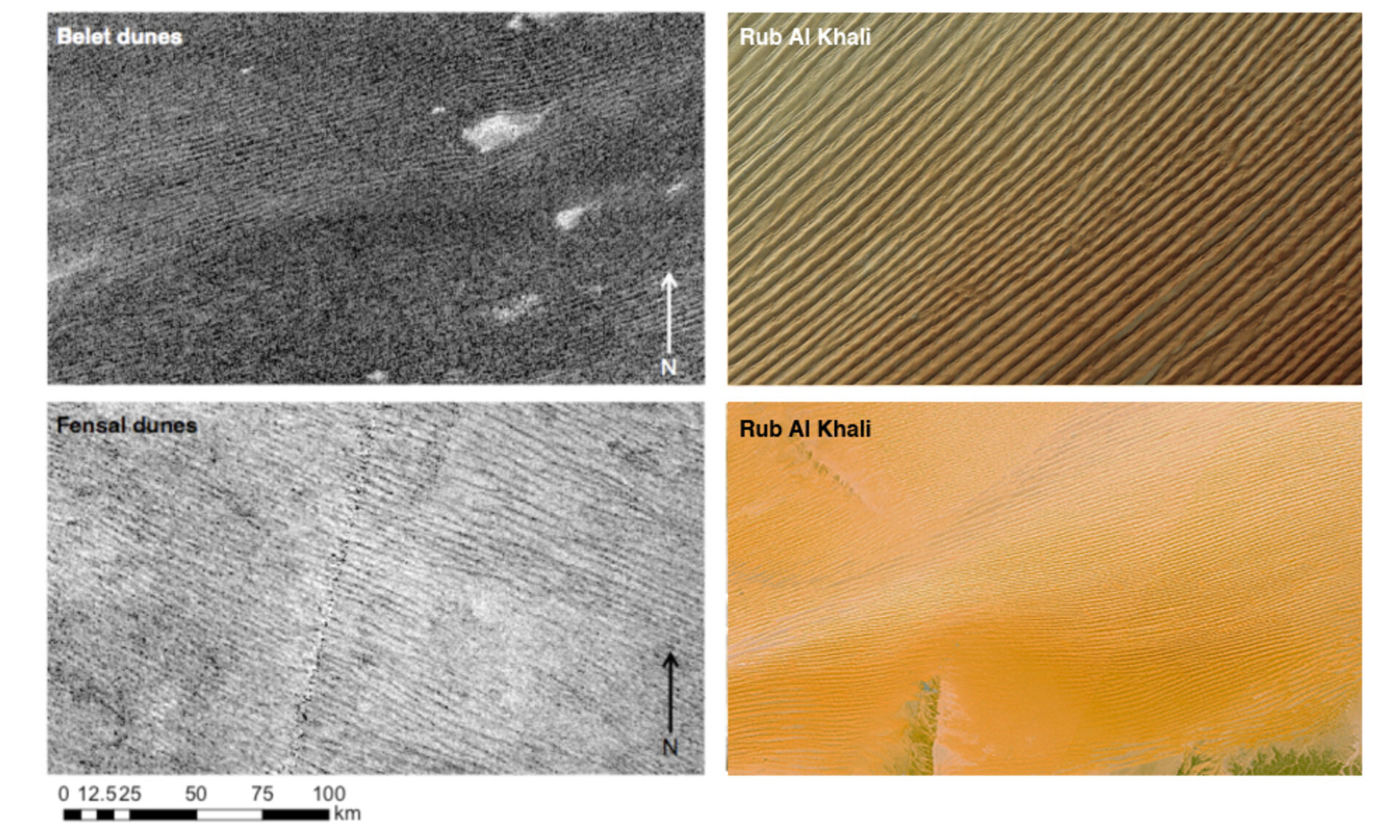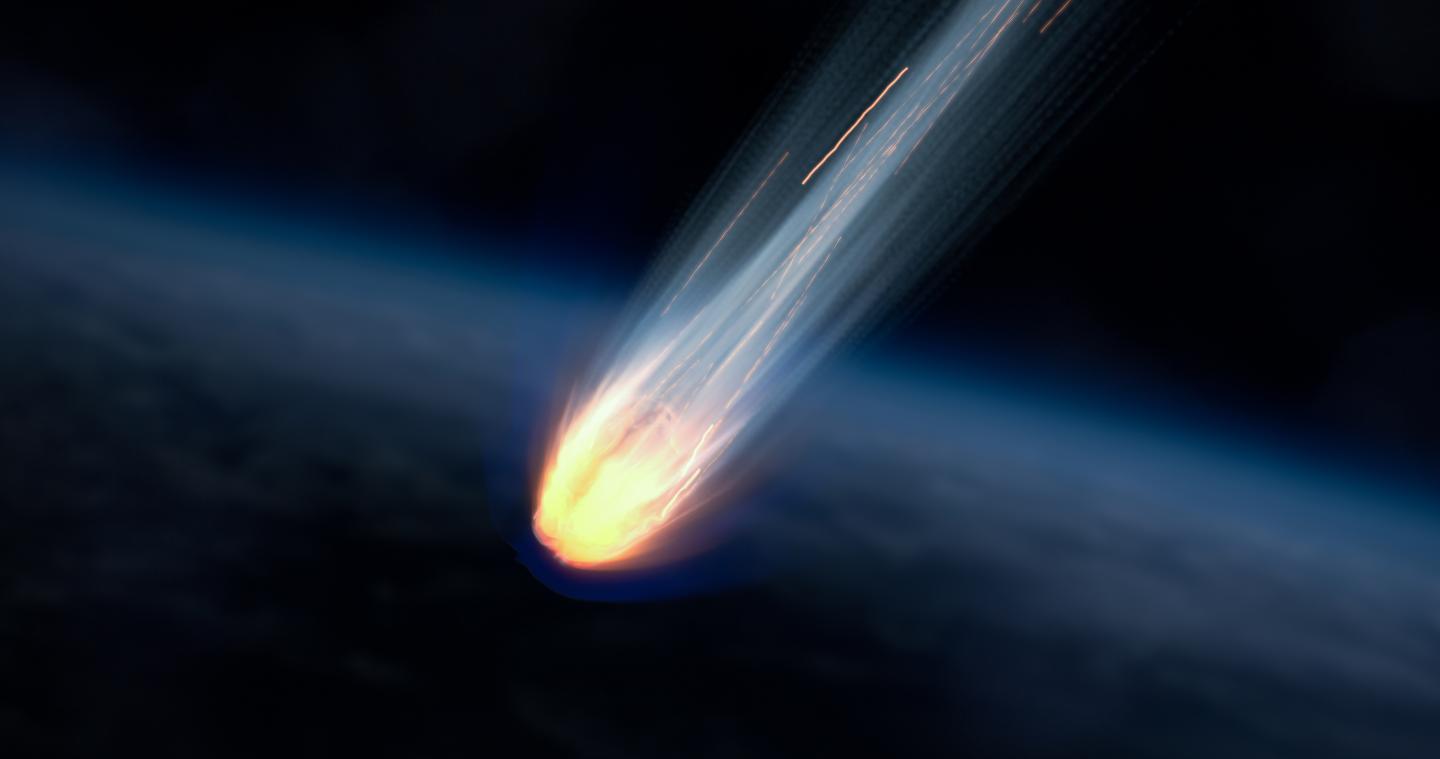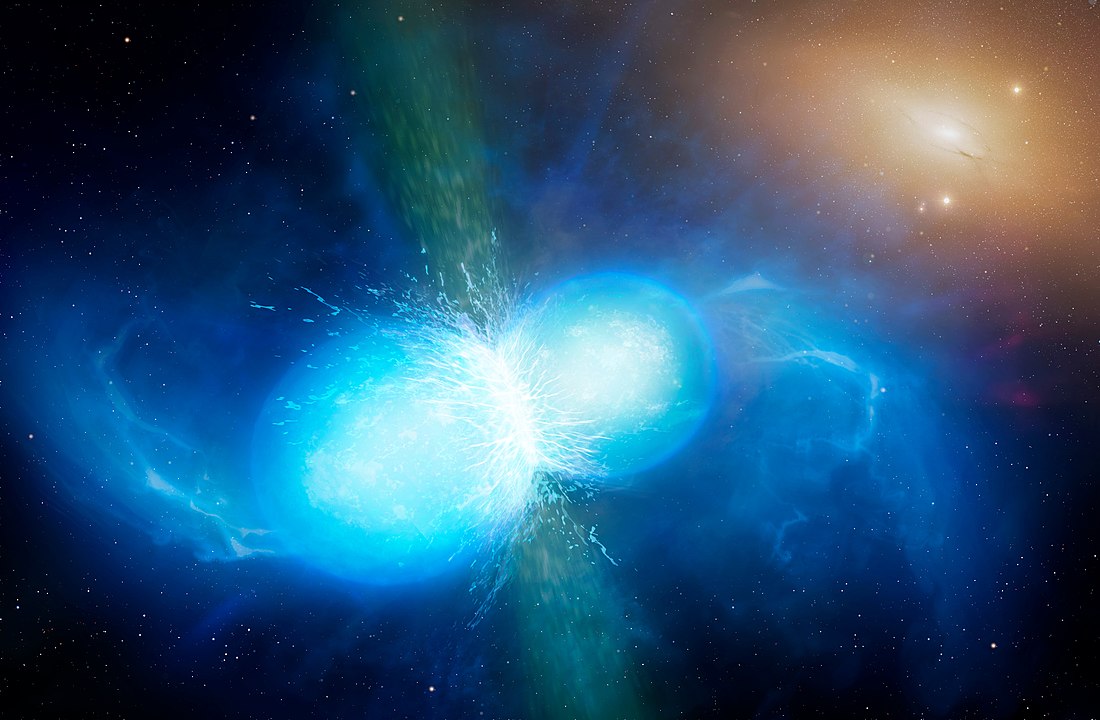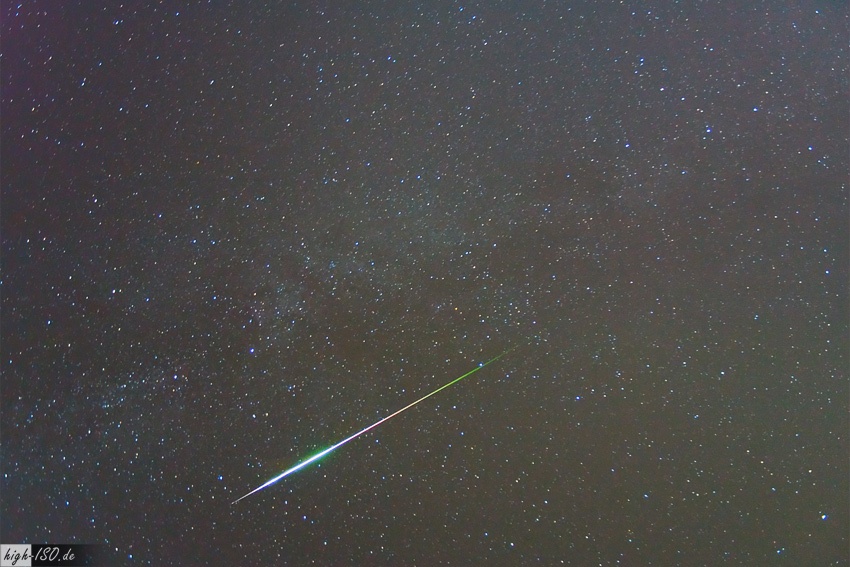Many people think of the James Webb Space Telescope as a sort of Hubble 2. They understand that the Hubble Space Telescope (HST) has served us well but is now old, and overdue for replacement. NASA seems to agree, as they have not sent a maintenance mission in over fifteen years, and are already preparing to wind down operations. But a recent paper argues that this is a mistake. Despite its age, HST still performs extremely well and continues to produce an avalanche of valuable scientific results. And given that JWST was never designed as a replacement for HST — it is an infrared (IR) telescope) — we would best be served by operating both telescopes in tandem, to maximize coverage of all observations.
Continue reading “Hubble and Webb are the Dream Team. Don't Break Them Up”Hubble and Webb are the Dream Team. Don't Break Them Up






